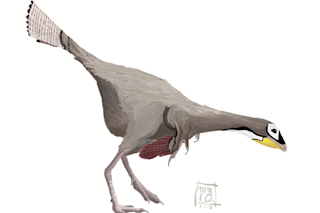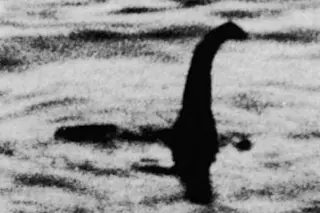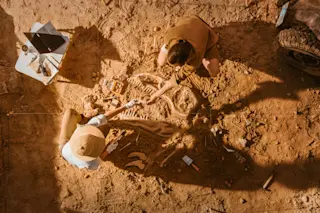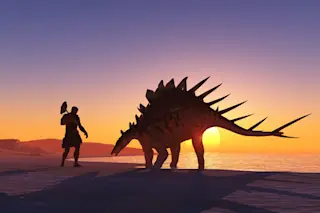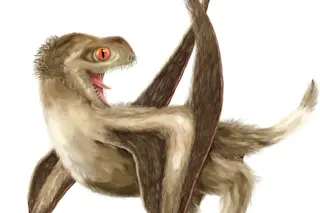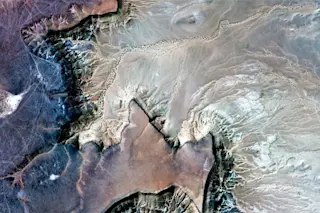Grzegorz Niedźwiedzki grew up wandering the mountains of central Poland, once a stomping ground for ancient reptiles and amphibians. Now a paleontologist at the University of Warsaw, he is building on his youthful explorations: Last year he discovered two sets of fossil footprints that add to our understanding of life’s key evolutionary transitions.
The first group of prints—a 395-million-year-old track created by a four-legged land vertebrate—made the cover of Nature last January. Niedźwiedzki’s find is 18 million years older than any previous evidence of land animals. “Many basins are terrible at preserving delicate bones but very good at capturing footprints,” says Steve Brusatte of the American Museum of Natural History in New York, who works with Niedźwiedzki. “These prints are pushing back the oldest representatives of animal groups.”
In October Niedźwiedzki and Brusatte reported another major find, 250-million-year-old fossilized footprints that represent the oldest evidence of the dinosaur’s forebears. “These footprints are only 1 or 2 million years younger than the Permian-Triassic mass extinction,” Brusatte says. “The rise of dinosaurs is intimately related to this event. Many species went extinct, but for dinosaurs and their close relatives it was an opportunity to blossom.”




